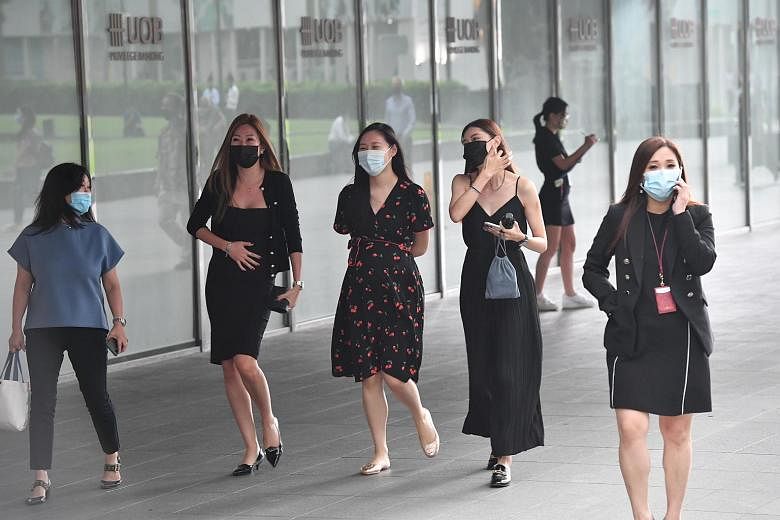SINGAPORE - The last decade has seen an increase in the proportion of resident married-couple households with working wives, and such households with spouses who hold equal qualifications.
The trend indicated an increase in the female labour force participation rate, as well as an equalisation of educational opportunities, said the Department of Statistics, in releasing the population census on Friday (June 18).
The proportion of married couples in resident households with a working wife increased from 52.9 per cent in 2010 to 60.0 per cent last year.
The proportion with only the husband employed decreased from 32.6 per cent to 24.9 per cent over the same period.
Dual-career couples - where both husband and wife are employed - were the largest group among married couples, increasing from 47.1 per cent in 2010 to 52.5 per cent last year.
This increase was observed across all age groups, with the highest increase among couples aged 35 to 49 years old.
Among resident married couples aged 65 years and older, the proportion where one or both spouses were employed increased, while couples with both spouses not employed dropped significantly from 66.3 per cent to 49.4 per cent.
This reflects the rising employment rate of seniors, said the report.
There was a significant increase in the proportion of resident married-couple households whose combined monthly income from work was $9,000 and more - from 29.9 per cent in 2010 to 48.0 per cent in 2020.
Their average and median monthly income from work also rose over the same period.
Resident married-couple households with both the husband and wife employed earned more.
They earned a median monthly combined income of $11,101 last year, higher than those with only the husband employed ($5,070) and those with only the wife employed ($3,213).
The proportion of resident married-couple households with spouses holding equal qualifications rose from 44.3 per cent to 46.6 per cent.
The share of resident married-couple households where wives had lower qualifications than husbands decreased to 30.8 per cent in 2020, while that for couples where the wife had higher qualifications than the husband remained relatively unchanged.
Among resident married men with university qualifications, 70.3 per cent had a spouse who was also a university graduate.
In comparison, 41.3 per cent of resident married men with diploma and professional qualifications had a spouse with lower educational qualifications.
But across all educational qualification groups of the husband, the proportion of resident married couples where the wife had lower qualifications than the husband decreased over the 10-year period.


